I got a PR email today from BOOM! Studios announcing a new title called HIT, which is out in September, from the team of Bryce Carlson, who writes Adventure Time, and a new artist named Vanesa R. Del Rey. The story is described as “a dark crime drama filled with murderers, rapists, and drug lords…and the men who will stop at nothing to bring them to justice. If you’re a fan of CRIMINAL, PARKER, and TUMOR, then HIT is the series for you..” The series is set in 1955 Los Angeles, and from the covers by Ryan Sook and variant by Erik M Gist (above), you can see it’s bullets and broads and 50’s style ties. All things I like, so I’ll definitely check it out.
I had not heard of the artist, Del Rey, but she has a Tumblr and a Twitter. While showing the strong influence of artists like Darwyn Cooke and Paul Pope (the alpha and omega of current comic book art styles), she’s quite promising, and she certainly has no shyness about drawing sexy ladies, which should be a commercial plus.
What with all the brouhaha about women in comics you hear all the time, I was wondering if BOOM! hiring an unknown female artist had gotten the kind of plaudits that you’d think from the panel. I mean it is kind of an ordinary thing, but given all the (very real) struggles and stereotypes that infest the comics industry, you’d think that a company that got it right would get some praise, right?
The only mention of the book I could find previously was a story on Bleeding Cool from May and an interview with Carlson on CBR in July, so not a whole lot, although maybe there was more on Twitter or Tumblr that doesn’t show up in the comments.
Admittedly, this is a sensitive area. I feel like whenever you are tagged as a “female anything” you immediately are marginalized. So having a gong sound off and a loudspeaker announcement every time a woman in comics gets a job are not the most subtle things, and may actually be damning.
But still, I wanted to give praise to BOOM! for being an equal opportunity employer. And maybe the court of Tumblr/Twitter can take a moment out from combing the media for angering statements to promote an actual woman who got a job.
Like I said, I think Del Rey is wearing her influences on her sleeve, but she has a focus on faces and poses that writers love. Like I said, promising.


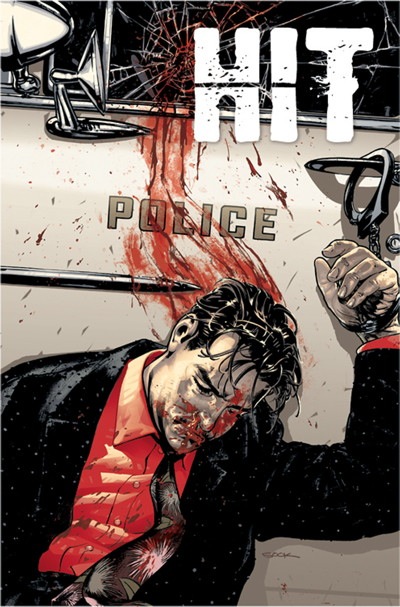
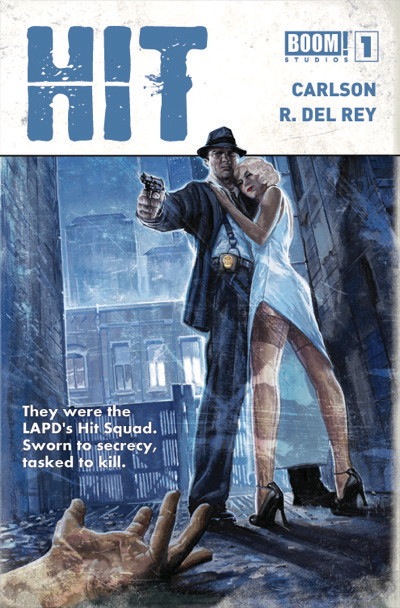
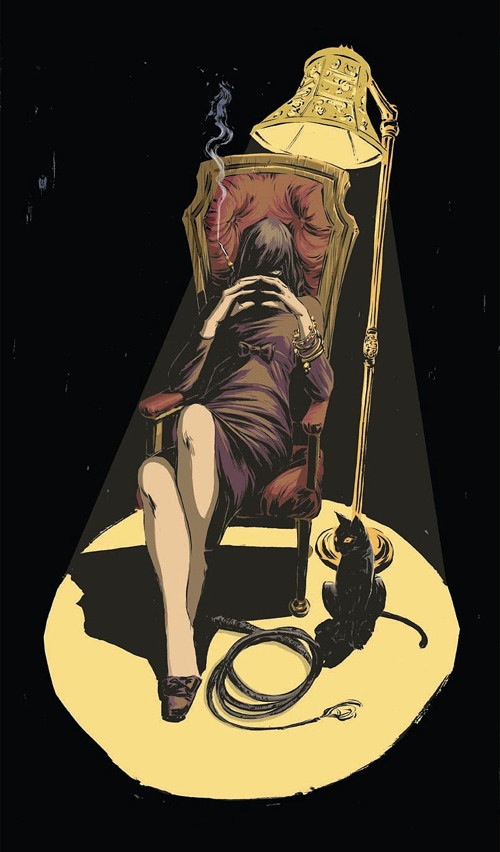
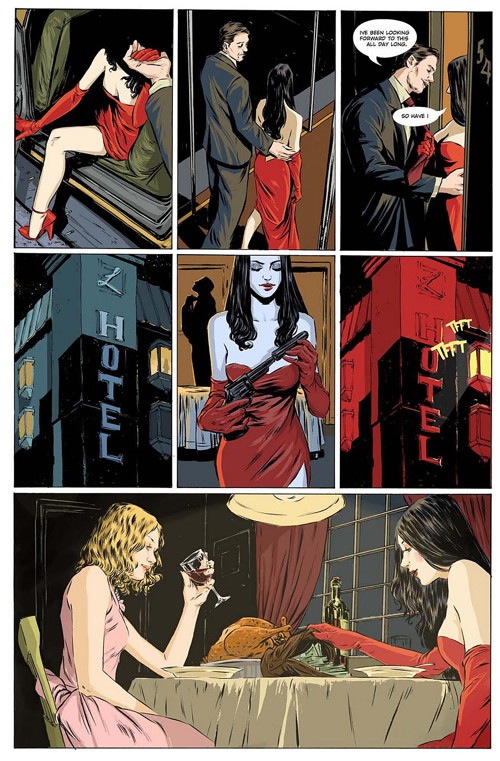
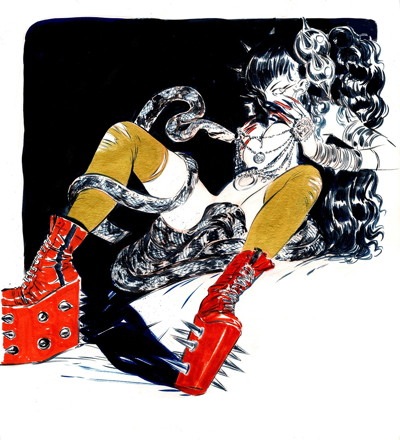
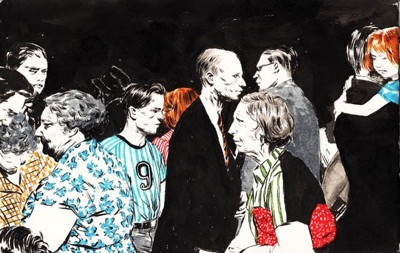
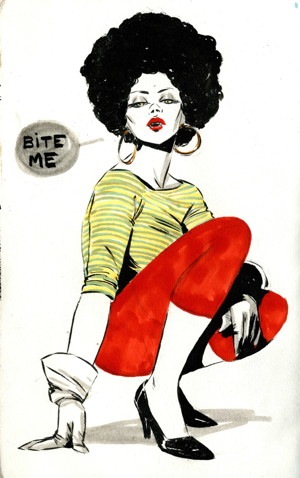
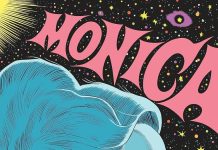
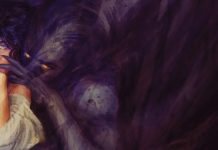
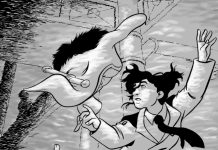
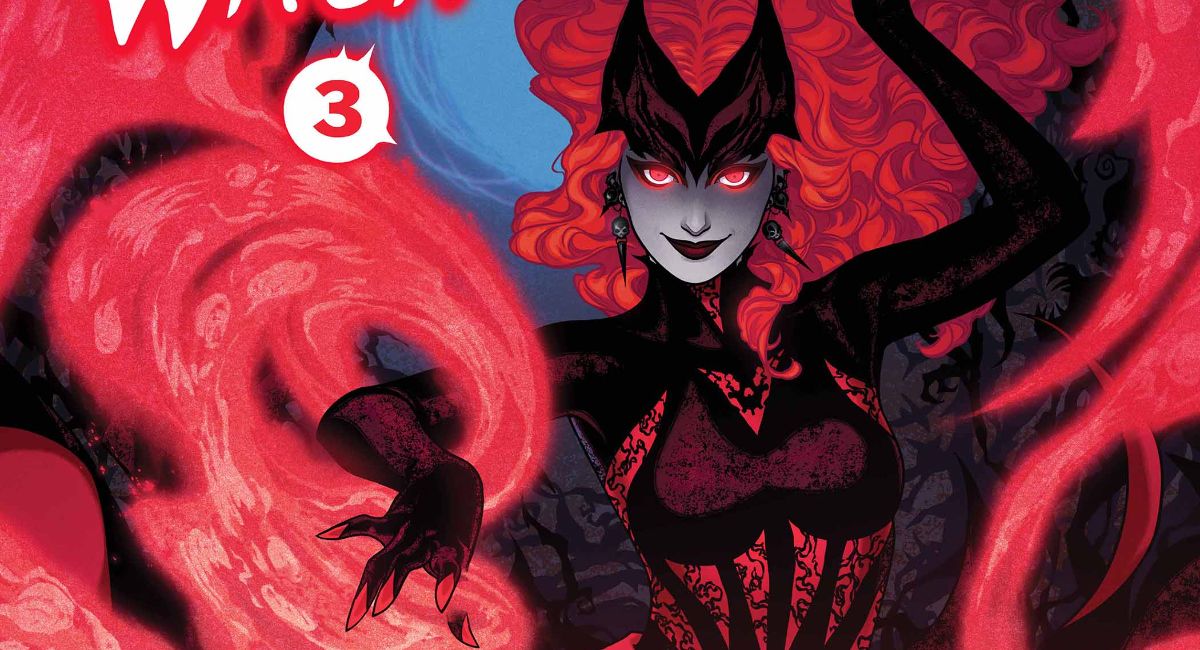


Read the column. Great! The art, great! But I noticed that there was art of a woman attaching a silencer to a revolver. I stand to be corrected, but I don’t believe revolvers accept silencers.
True about the silencer / revolver… but it looks cool. Welcome to comics. Haha!
This is refreshing because this should be the norm. A female artist gets hired and not a peep is made. This should be common place. And the project sounds great to boot.
Not to rush to pigeonhole a “new” artist, but at first glance Del Rey’s style actually reminds me a bit of Ming Doyle, another awesome comicker who should get a lot more attention. I really like what I’m seeing of Del Rey’s art! Tumblr followed!
While there are silencers for revolvers, they are kinda useless. Chuck Dixion talks about it (and other gun mistakes) here : http://dixonverse.net/articles/guns.html
Vanesa’s art is good and she knows how to move the camera around. Nice relaxed postures and gestures.
I also think that the artist Cassandra James should get hired somewhere. She’s an up and coming talent, too.
Also those art samples look pretty boss regardless of gender.
The industry isn’t cheering because the illustrator is a relative unknown. Comics fans will snarkily respond, “Who? Never heard of her! Ha-rumph!” Years from now, if Del Rey becomes a favorite, the same fans will tap their chests and claim her as their own personal discovery.
Perhaps it’s not getting attention in good part because Boom! works with female creators quite regularly. I am working on their Peanuts comic book these days, and the artists illustrating my scripts have included talented folks like Stephanie Gladden and Vikki Scott. Checking their “Coming soon” page (http://www.boom-studios.com/schedule/comingsoon ) I see creative credits for names like Shelli, Yuko, Grace, Mona, and Allison. Female credits are not rare there. (Forgive me if I’ve mis-identified anyone on the basis of name, in either direction; I haven’t time at the moment to go out and perform DNA tests on everyone.)
I think that every comic book should include a picture of each creator and a full biography, including nationality, ethnicity, sexual orientation, political affiliation, age, weight, and cholesterol levels. And while we’re at it, let’s include a copy of their contract so that we can also see their page rates, ownership credits, and reprint rights.
Because all of those things are more important to me in deciding whether I buy a comic or not.
OR, I could just judge the book on the merits of the contents.
[To be fair to Ms Del Rey. I like the above art and the tumblr examples. My style of art. And I will keep an eye out for this title. But not because the artist is a female, nor in spite of it. But rather because the theme and the art style appeal to me. But hell. What do I know, I’m a white guy.]
I like the art samples above and will look for this on Comixology.
Thanks for calling attention to it here, whatever the gender of the artist.
Boom has a great selection of diverse artists…as does Top Cow, interestingly, which I referenced in a subsequent post. I think it would be wonderful if everyone who retweets DC and Marvel’s crappy diversity statistics went out and bought one of their books….ANY OF THEM, to show support.
Those pictures aren’t wilfully ugly, which puts them ahead of some things published these days. But why should somebody get a round of applause just for turning up?
I’d guess there are a couple of reasons why having Del Rey as an artist on HIT didn’t draw much attention. One is that BOOM! is a small company in a small market. There are reasons why VIDA, for example, focuses on women having jobs in top-tier publications. A second, related reason is the absence of marketing. The possibility of HIT becoming a nationwide hit that simultaneously boosts the profile of Del Rey and draws attention to other female artists is nil, even if its aesthetic virtues are considerable.
People take notice when prominent companies put women in prominent positions.
SRS
Thanks for the spotlight on Vanesa, Heidi!
We tend not to call out female creators in PR because we work with tons of ladies regularly. Not because they are women, but because they are incredibly talented. This is one of the things I always point to when people ask me what I mean when we say “We’re building the comic company of 20 years from now…today.” And it’s not just creators, our editorial staff is now a majority female.
Third party look at the topic – http://www.bleedingcool.com/2013/06/25/gendercrunching-april-2013-boom-and-zenescope-buck-the-trend-for-employing-women-in-comics/
“There are far and away the highest numbers for female creators that we’ve ever seen. It’s massive across the board, dwarfing the best that DC and Marvel had to offer this month at every turn. Their 26% overall nearly doubles Marvel’s “winning” total, and their LOWEST category total is better than 11 of the 16 categories at the Big Two this month.”
I hope this becomes common place in the industry some day SOON!
Filip Sablik
VP of Publishing and Marketing
BOOM! Studios
boom-studios.com
I disagree with the”wearing her influences on her sleeve” comment. She has a distinct style of her own. I can sort of see a Pope influence if I squint, but Cooke? Not so much. I get a little more Tim Sale, just with the black-to-white balance in her composition.
Good indicator that those journalists who make the biggest noise about gender issues in comics are in truth less concerned with the actual issues than the traffic generated by drumming up fake outrage.
Filip, I agree, calling out creators by gender or ethnicity in PR would be borderline offensive. It’s up to us journos to interpret things and promote as we see fit.
I find those “crunching” columns every month fairly lame because it’s obvious that smaller companies have FAR more diverse creators, and spending a ton of time on how DC hiring *1* more female cover artist raised their total .07% is not as useful as, again, promoting the good.
People don’t tend to highlight diversity in comics. They rail against the lack of it.
Just the way it goes.
-BCM
Speaking as a small publisher with a reasonably good track record of including female creators in the mix, I can tell you that you don’t have to be working on some sort of goal of female inclusion in order to be publishing female creators; you just have to be not avoiding them. To some degree, editors at bigger companies avoiding (consciously or subconsciously) hiring women just makes the lives of smaller publishers easier, because it means that there are talented people whom we do not have to compete with the big boys to get aboard.
Vanessa and I are working on a story together…She is an awesome artist and you will be seeing a lot more of her soon.
Heidi, Given the effort that goes into the gendercrunching columns each month by blogger Tim Hanley I think its rather harsh to call his work “lame”. I don’t see anyone else taking the time to record the number of female creators and editorial at DC and Marvel and I think the information that Tim compiles is valuable to see if things are indeed getting better and as a historical record. Does that mean we shouldn’t applaud publishers who are doing a better job in hiring women? Absolutely not. We should celebrate that and you’ll not that Tim has extended his number crunching outside of DC and Marvel.
@B. Clay Moore – that’s a pretty broad and negative accusation. You really don’t see anyone celebrating diversity in both characters and creators? I think I’ve written plenty about the positive movement of the industry. Maybe you are choosing to look in the wrong places?
I think for the most part, DC and Marvel do superhero books and only a handful of existing female creators have INTEREST in doing these books. As the genres outside of superheroes grow, you will see more female writers and artists . This is what I have found to be happening and smaller companies publish different types of material.
I personally never look to gender or race when hiring…I look for the quality of the work always. How good of a storyteller they are, and after that how they work with deadlines. I like to think most editors do as well.
A reporter needs more of a reason to do a story on gender discrimination in publishing than someone else needs to do an essay. When a big publishing company hires a woman as an executive or as a creator on a prominent title, it’s news, and covering that news might lead a reporter to assess the state of the industry, and to ask creators for their opinions on the development. The coverage encourages other women to pursue their interests. A best-selling GN similarly leads to coverage of the GN’s sales success, profiles of the creators, possible coverage of associated issues, etc.
A new comic book series published by a small company isn’t news, except to people deeply involved in the industry. The work on the series might be sterling, the series might be profitable, but the general public won’t care and there’s little reason to report on the publication.
SRS
you can Silence a revolver, and it means you don’t have to pick up the casings http://www.youtube.com/watch?v=vvF4yurWSc0
Comments are closed.